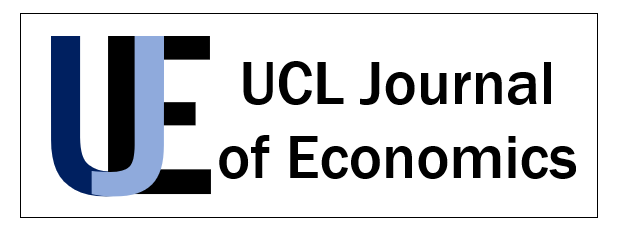Abstract
The growth of many African Economies is accompanied by an unusual expansion of the informal sector but the demand for informal goods is rarely tested. This study examines the demand for informal goods in Africa, specifically in the Democratic Republic of the Congo in 2012, using household-level survey data. This paper reviews and summarizes that income inequality, quality preference, and preference for some product-specific characteristics are the main drivers of the demand for informal goods. This paper hypothesizes three channels of demand for informal goods and uses the empirical method in Angus Deaton (2018) to test the hypothesis by estimating expenditure elasticity, price elasticity, and quality elasticity. The results show that the demand for informal goods generally decreases as income increases and income inequality reduces, but this pattern can differ for different categories of goods. The results show that the three channels are likely to be plausible and informal and formal goods can be both substitutes or complements in the final markets. Policies to improve formality may consider the different demand patterns across markets to be more effective. Potential limitations of the method in this specific context and implications for future improvements are discussed.
Keywords: Demand Estimation, Quality effect, Informal Sector
How to Cite:
Wu, K., (2023) “Demand for Informal goods in Africa: Demand System Estimation with Quality Effects and its Limitations”, UCL Journal of Economics 2(1), 85–110. doi: https://doi.org/10.14324/111.444.2755-0877.1590
Downloads:
Download PDF
View PDF
748 Views
154 Downloads
